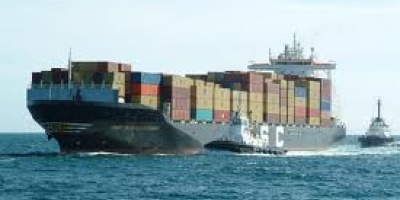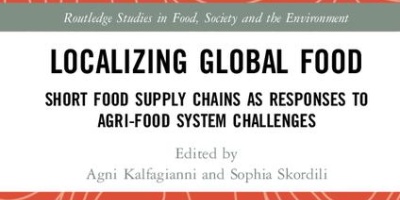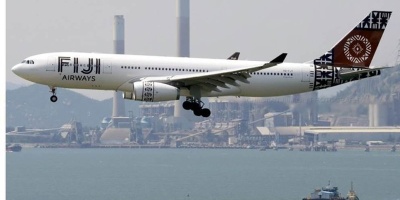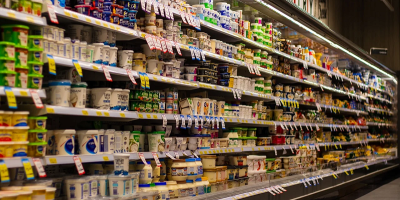The transport industry enables billions of tonnes of food to be carried across the globe, allowing for variety in food products eaten and the specialisation of agriculture across countries. Food transport can be a significant source of food related GHG emissions but the intensity of impacts depends on the mode. Generally the more rapid the mode of transport, the greater the emissions, with impacts in ascending order being ship, rail, road and air. The vast majority of food trade is carried out by road and ship. Localised food production and distribution systems may not always be lower in overall GHG impacts once the full life cycle impacts of a food product are taken into account – sometimes a more distantly sourced product may have overall fewer impacts than one produced in emission intensive ways closer to home. This said, globalisation, underpinned by transport, also fosters new norms of year round consumption that may be highly energy demanding. Note that while shipping may have a relatively low carbon footprint compared with other modes, the vast global shipping industry gives rise to many other environmental concerns. These include the accidental transport of invasive species in ballast water, large scale noise pollution that disrupts marine wildlife as well as pollutants such as sulphur dioxide, nitrogen oxide and particulates. The transport of food is increasing, along with its environmental impacts. Freight transport (of all kinds – not just food related) across the EU, for example, is outstripping growth in GDP.






















